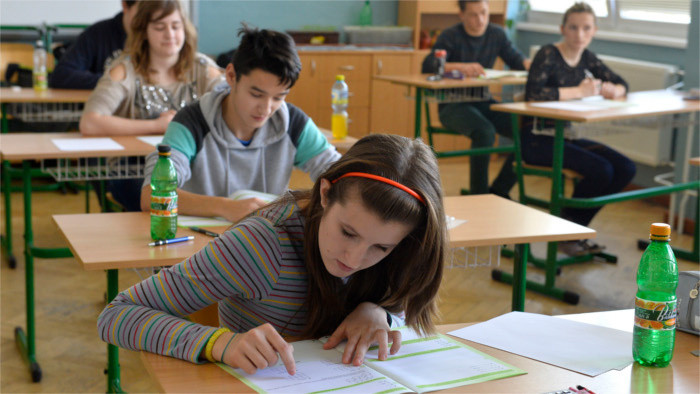In addition to testing pupils' performance in reading, mathematics, natural science and financial literacy in the 2015 international PISA tests, Slovakia for the first time also tested pupils in collaborative problem solving within the PISA measurements, TASR learnt from the Education, Science, Research and Sport Ministry communication department on Tuesday. While the OECD average performance in this category was set at 500 points, the average performance of 15-year-old Slovak pupils in collaborative problem solving reached 463 points, thus sitting below the average. A similar level of performance to that of Slovak pupils was likewise achieved by teenagers from Israel, Greece and Chile. Out of the 52 countries around the world that participated in this PISA measurement only pupils from Mexico and Turkey scored worse than Slovakia. The collaborative problem solving measurement was aimed at monitoring how and at what level a pupil can work with other team members in order to resolve a particular problem. Pupils were asked to interact with computer-based agents, which simulated team members, to carry out the tasks. The tests were carried out electronically. The tests also showed that in Slovakia, as well as all OECD countries, boys scored better than girls in this category. As many as 123,412 pupils from around the world were involved in the PISA testing, while 1,856 of them were Slovak. Singapore's students were ranked as the best at cooperating with one another to solve problems (561 points), followed by pupils from Japan (552) and Hong Kong (541).
Slovak pupils below OECD average in collaborative problem solving
22. 11. 2017 14:16 | Topical Issue

Gavin Shoebridge, Photo: TASR

